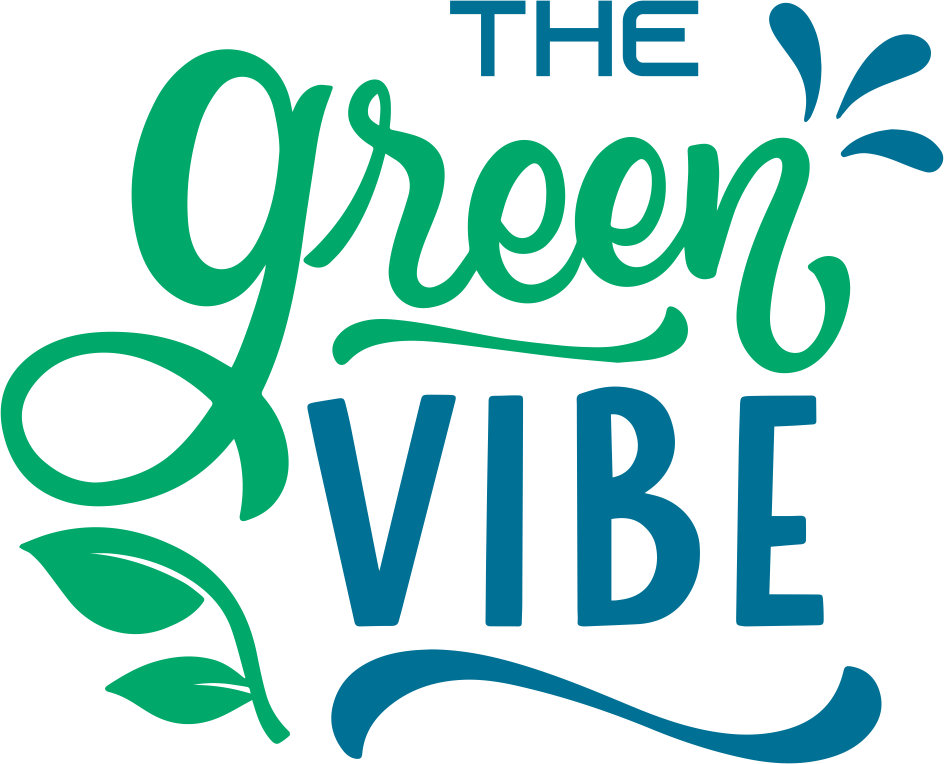The Evolution of Greenwashing: Ensuring Authenticity in Sustainability Claims

Delve into deceptive sustainability practices and emphasize transparency’s pivotal role in authenticating sustainability claims.
In an era marked by heightened environmental consciousness, the prevalence of greenwashing has grown substantially. Greenwashing refers to the deceptive practice of companies portraying themselves as more environmentally friendly than they are. This phenomenon has evolved alongside increased consumer demand for sustainable products and ethical business practices.
Origins of Greenwashing
The term “greenwashing,” introduced by environmentalist Jay Westerveld in the 1980s, describes the deceptive communication methods employed by companies. These tactics aim to portray an image of environmental responsibility while concealing their genuine practices.
Some typical greenwashing techniques involve the use of green-colored packaging, irrelevant environmental imagery, the misrepresentation of unregulated terms, and the creation of counterfeit labels. It’s essential to identify and understand these strategies to distinguish genuine sustainability endeavors from mere marketing gimmicks.
Why Transparency is key to tackling greenwashing in brands
Merely presenting ambiguous statements or relying on nature-themed visuals no longer persuades today’s well-informed consumers. Brands must substantiate their sustainability assertions with concrete facts and verifiable sources. Achieving transparency involves disclosing and validating business advancements, such as tracking carbon-offset measures. By openly sharing both successes and challenges, companies showcase authentic dedication to sustainability, thereby earning credibility with their audience.
Regulatory Response and Standards
Recognizing the prevalence of greenwashing, regulatory bodies worldwide have introduced guidelines to combat deceptive environmental claims. These guidelines emphasize the importance of substantiating environmental claims, ensuring transparency, and avoiding misleading consumers.
Additionally, the emergence of independent certifications, such as Fair Trade, USDA Organic, ENERGY STAR, or Seal of Sustainability™ provides consumers with reliable benchmarks for authentic sustainability. These certifications require rigorous adherence to predefined standards, enabling consumers to make informed purchasing decisions.
Ensuring Authenticity in Sustainability Claims

- Make your brand’s benefits the primary focus of your communication strategy. Utilize pertinent sustainability messages to reinforce your brand’s positioning.
- Center the assertion around the advantage for consumers and their families.
- The term “sustainable,” concerning “sustainable sourcing and production,” holds its significance and requires no additional elaboration.
- Consumers prioritize animal welfare. When applicable, incorporate messaging that guarantees the product was not tested on animals, using phrases like “no animal testing” or “cruelty-free.”
- In the food and personal care sectors, whenever feasible, link the claims to farmers and locally sourced ingredients, like stating “sourced from nearby farmers.”
- Utilize certifications as a safeguard against greenwashing, yet avoid depending solely on them for information.
- Provide the product in entirely recyclable packaging.
Conclusion
The evolution of greenwashing underscores the importance of vigilance and discernment in navigating the landscape of sustainability claims. As consumers become more astute, businesses must prioritize genuine environmental stewardship over superficial marketing tactics.
The Disposal Company is on a mission to transform India’s approach to sustainability, offering an innovative platform that allows brands to go plastic-neutral and carbon-neutral, and make a meaningful impact on the environment. Discover more here.




